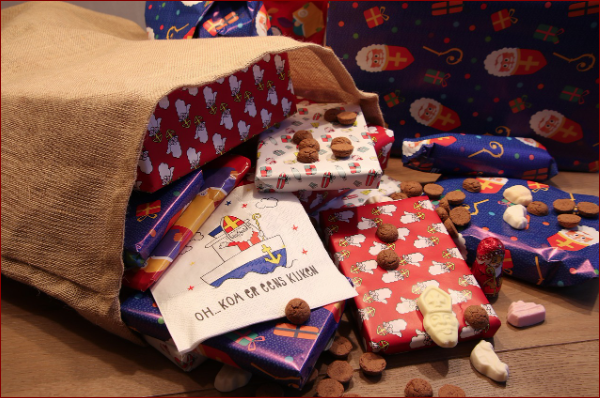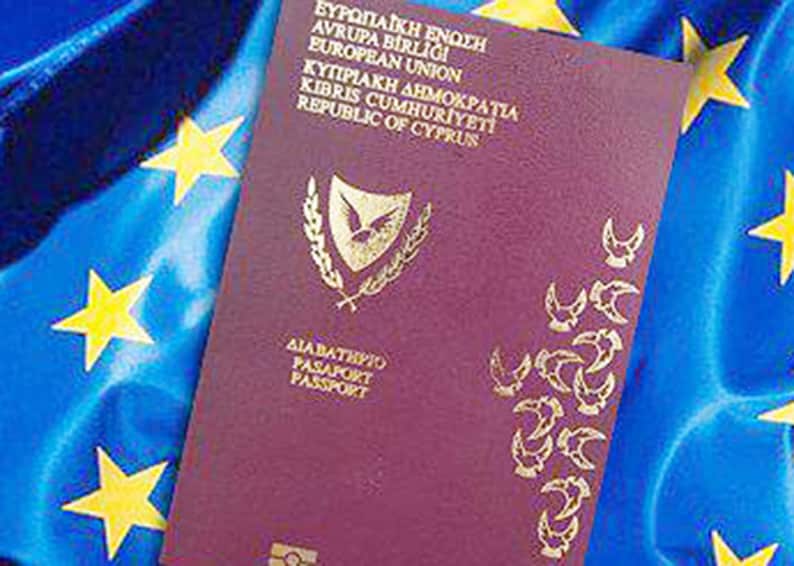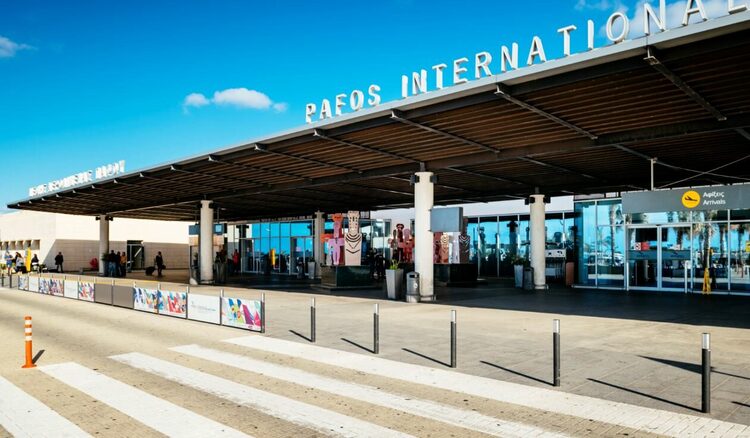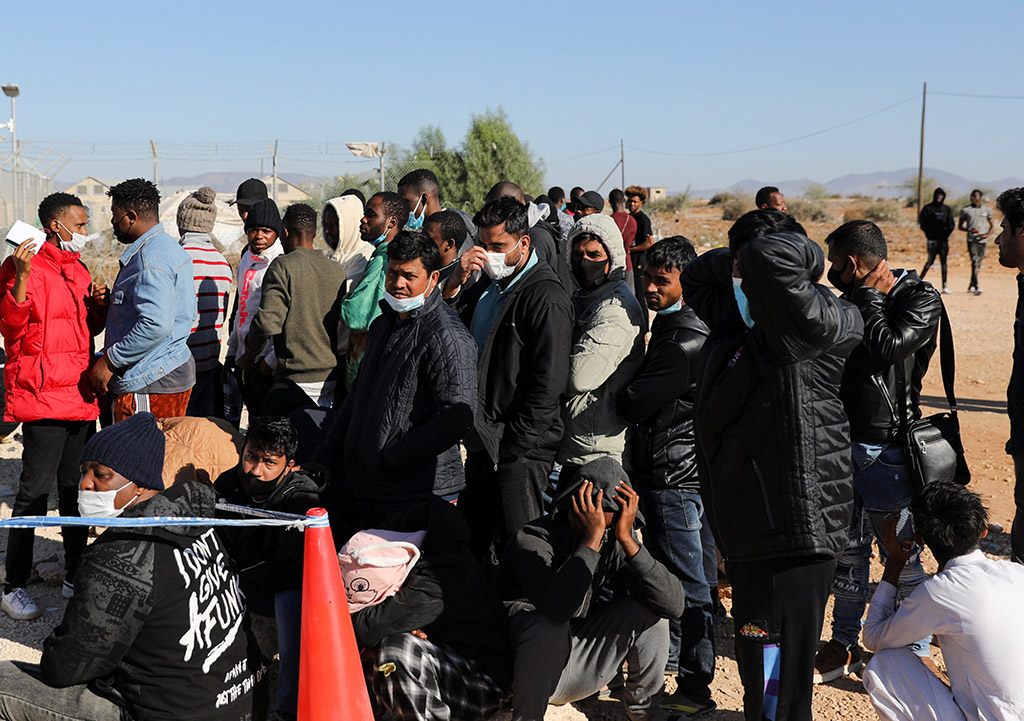Each December, Dutch children wait in excited anticipation for a beloved guest to arrive—not Santa Claus, but Sinterklaas, a centuries-old figure whose traditions are deeply woven into Dutch family life. While at first glance Sinterklaas may resemble Santa, his story, customs, and cultural impact are unique and rich with history. Especially for mothers, understanding this tradition offers insight into how Dutch families celebrate the festive season, pass on values, and encourage imagination through storytelling and rituals.
This guide provides a detailed look at the Sinterklaas tradition in the Netherlands, including its origins, how families celebrate, and how mothers play a central role in making the experience magical and educational for their children.
Who is Sinterklaas and where does the tradition come from?
Sinterklaas is based on Saint Nicholas, a bishop from Myra (in present-day Turkey), known for his kindness and generosity. The Dutch adopted him as a central figure of a winter holiday celebrated every year on December 5th, known as Sinterklaasavond (St. Nicholas’ Eve). On this night, children receive presents, poems, and sweets, often left in their shoes.
The tradition dates back to the Middle Ages and evolved over time. Unlike Santa Claus, who lives at the North Pole, Sinterklaas is said to reside in Spain. Each year, in mid-November, he “arrives” by steamboat with his helpers, creating a festive event watched by millions of children on national television.
Sinterklaas vs. Santa Claus: the key differences
While they share a name origin, Sinterklaas and Santa Claus differ in many ways:
- Appearance: Sinterklaas wears a bishop’s robe and mitre, and carries a crosier. He rides a white horse, not a sleigh.
- Arrival: Sinterklaas arrives in November by boat from Spain. Santa Claus comes on Christmas Eve via chimney.
- Gifts: Dutch children receive gifts on December 5th, not the 25th.
- Helpers: Sinterklaas has helpers called Pieten, who assist in distributing gifts and candy.
These differences make the Dutch celebration unique and steeped in cultural relevance.
How mothers prepare for the Sinterklaas season
For mothers in the Netherlands, the Sinterklaas season is one of the busiest yet most heartwarming periods of the year. From helping children write wish lists to filling shoes with small surprises, mothers often take the lead in keeping the magic alive.
A large part of the preparation includes crafting, decorating the house, baking traditional treats like pepernoten and speculaas, and organizing the pakjesavond (gift evening). These activities offer opportunities for quality time, creativity, and teaching values such as gratitude and generosity.
The importance of poems and creativity
A unique element of Sinterklaas celebrations is the tradition of writing personalized poems to accompany gifts. These poems are light-hearted and often teasing, reflecting on the recipient’s behavior over the past year. For mothers, helping children write these poems fosters language skills and creative expression.
Crafting is another integral part of the season. Many families enjoy “Sinterklaas knutselen”, where children create themed decorations like paper boats or Sinterklaas hats.
This playful activity supports motor skills, storytelling, and imaginative play, making it both fun and educational.
Putting the shoe: a nightly ritual for children
One of the most cherished traditions is “Schoen zetten”, where children place a shoe by the fireplace or door, often with a drawing or a carrot for Sinterklaas’ horse. In the morning, they wake up to small gifts or candy.
This tradition can happen several times in the weeks leading up to December 5th. Mothers typically decide how often their children can “put their shoe”, balancing excitement with practicality.
The act is not only exciting for children but also an opportunity for parents to spark their imagination and reward kindness and good behavior.
The arrival parade: welcoming Sinterklaas to the country
Every year, a different Dutch town hosts the official arrival of Sinterklaas. This nationally televised event is a major highlight and includes a festive parade where families gather to greet the steamboat, watch Sinterklaas disembark, and cheer as he rides through the town.
For mothers, attending this event with their children is a cherished annual memory. It kicks off the season and signals that the countdown to December 5th has officially begun.
School involvement and classroom celebrations
In the Netherlands, schools also embrace the Sinterklaas tradition. Children may be encouraged to bring in shoes to place in the classroom. Teachers and parents work together to arrange gifts, crafts, and educational games.
In the upper grades, children often participate in surprise activities—where they anonymously gift each other small presents, usually with a poem and handmade packaging. Mothers frequently assist their children in creating these surprises, teaching planning and social kindness.
Traditional treats and Sinterklaas food culture
Food is an essential part of the Dutch Sinterklaas celebration. Seasonal favorites include:
- Pepernoten – small spiced cookies
- Speculaas – spiced biscuits in festive shapes
- Chocolate letters – each child receives the first letter of their name in chocolate
- Marzipan figures
Baking these treats at home becomes a bonding activity. Many mothers use this time to involve their children in the kitchen, teaching baking skills and passing on family recipes.
Teaching values through tradition
Beyond the joy and fun, the Sinterklaas tradition carries important lessons for children. Mothers often use the season to reinforce values like generosity, patience, thankfulness, and reflection. Through storytelling, children learn about giving rather than only receiving, and the importance of good behavior.
The ritual of writing poems, giving thoughtful gifts, and participating in community events creates a warm, cooperative spirit that extends beyond the family home.
Navigating modern debates and changes
In recent years, discussions around the portrayal of Sinterklaas’ helpers (Zwarte Piet) have gained traction, with many schools and families opting for more inclusive alternatives like Roetveeg Piet (Soot Piet), who appears with smudged cheeks instead of blackface.
Mothers are often at the forefront of guiding these transitions, educating their children on the reasons behind the changes and fostering empathy and cultural awareness.
Making Sinterklaas your own as an international family
For expat mothers living in the Netherlands, embracing the Sinterklaas tradition can be both an exciting and challenging experience. While unfamiliar at first, it provides a meaningful way to connect with the local culture.
By participating in school events, decorating the home with Sinterklaas themes, or even learning a few Dutch songs, international families can create their own version of the celebration, blending Dutch customs with their own holiday traditions.
Why the Sinterklaas tradition continues to thrive
The endurance of the Sinterklaas tradition speaks to its deep cultural roots and its ability to evolve with time. For mothers, it offers more than just a festive celebration. It becomes a season filled with storytelling, crafts, baking, laughter, learning, and bonding.
Even in today’s digital world, this age-old tradition thrives because it brings people together in meaningful, tangible ways. Its charm lies in the simplicity of a shoe by the door, a thoughtful poem, or a night of shared joy and surprise.
DISCLAIMER – “Views Expressed Disclaimer – The information provided in this content is intended for general informational purposes only and should not be considered financial, investment, legal, tax, or health advice, nor relied upon as a substitute for professional guidance tailored to your personal circumstances. The opinions expressed are solely those of the author and do not necessarily represent the views of any other individual, organization, agency, employer, or company, including NEO CYMED PUBLISHING LIMITED (operating under the name Cyprus-Mail).







Click here to change your cookie preferences